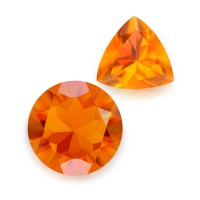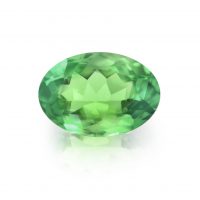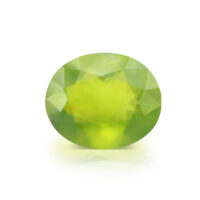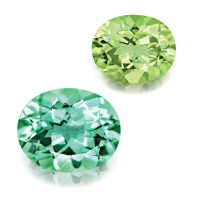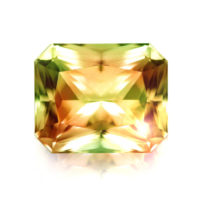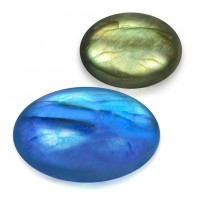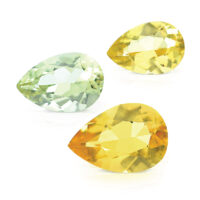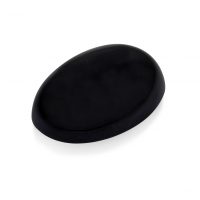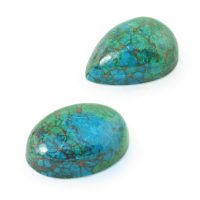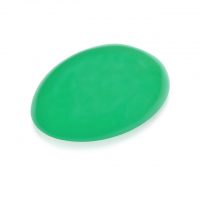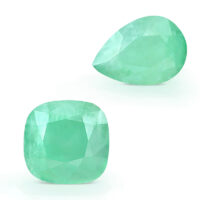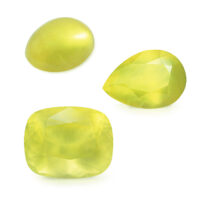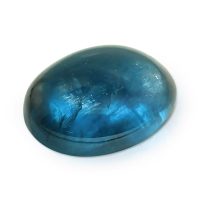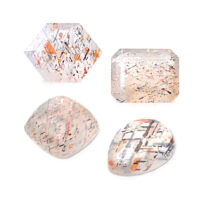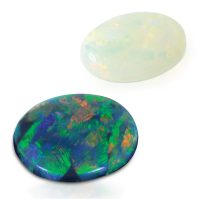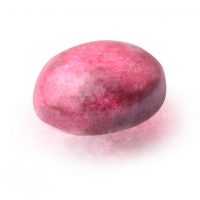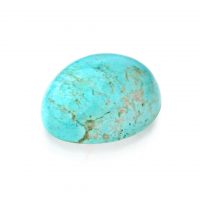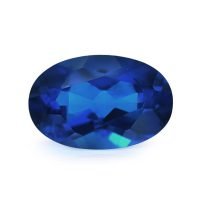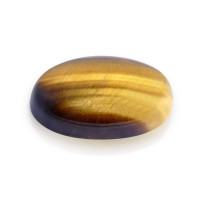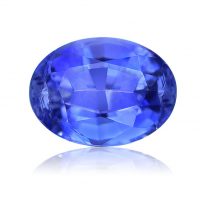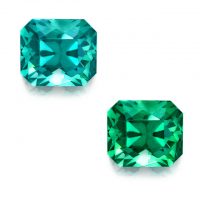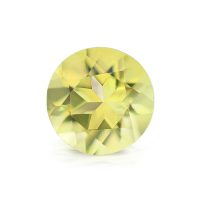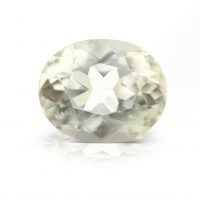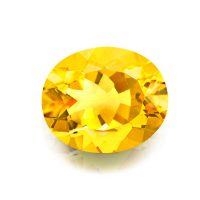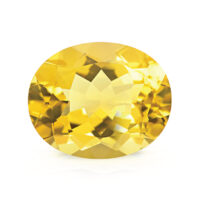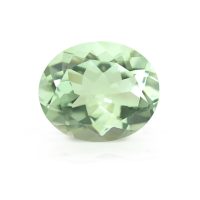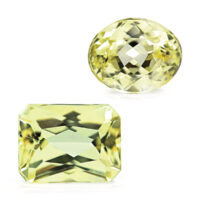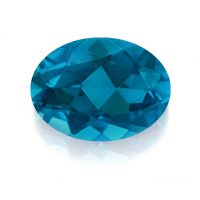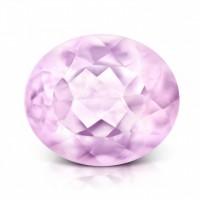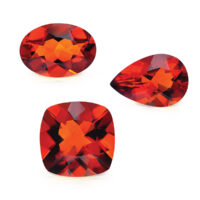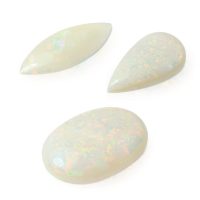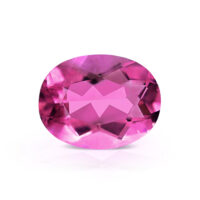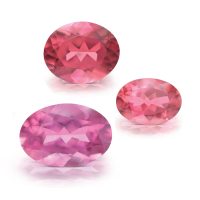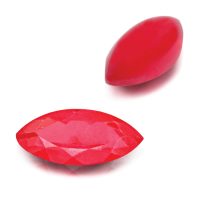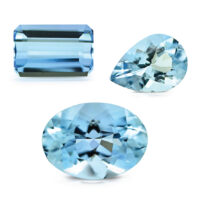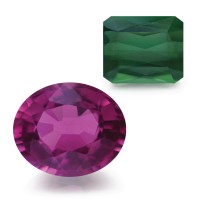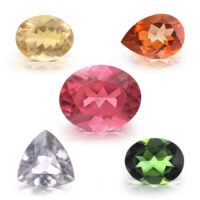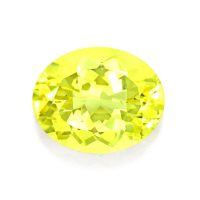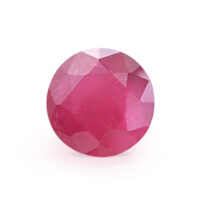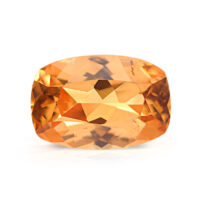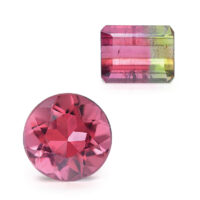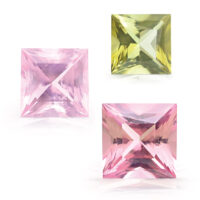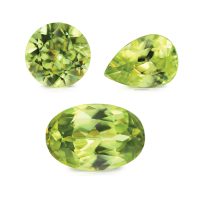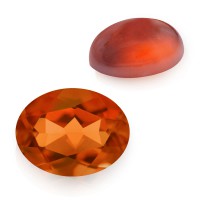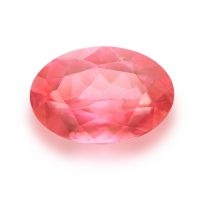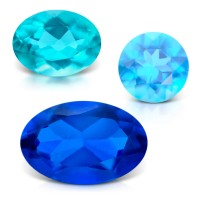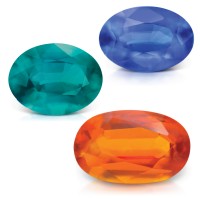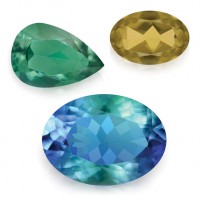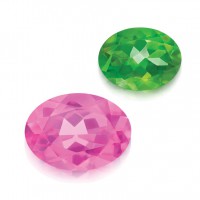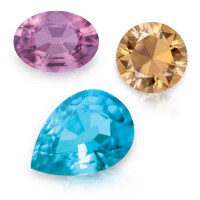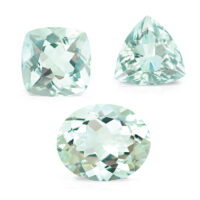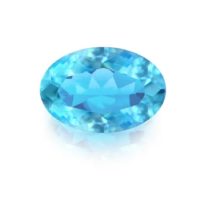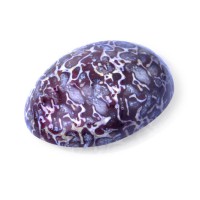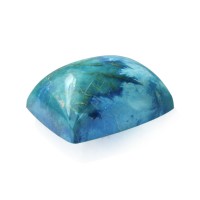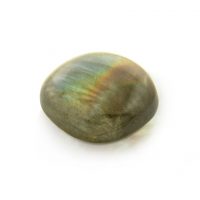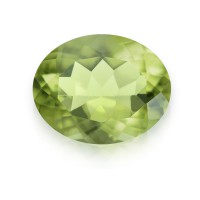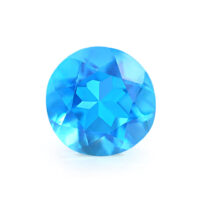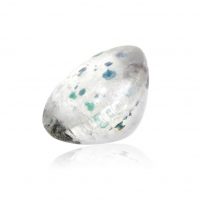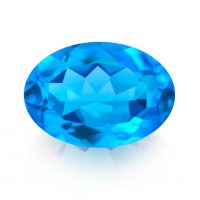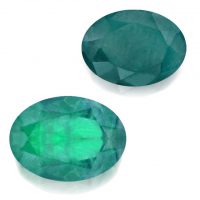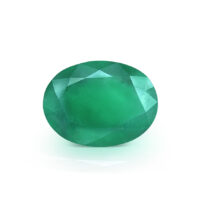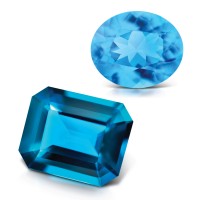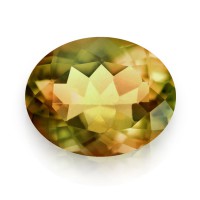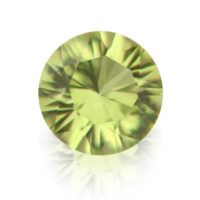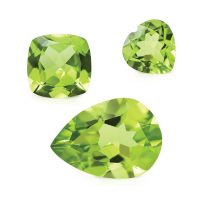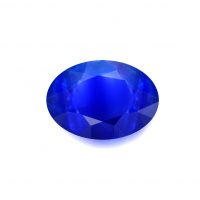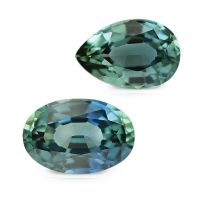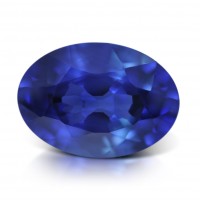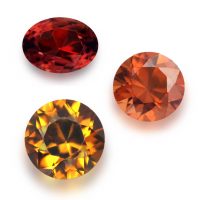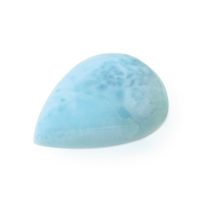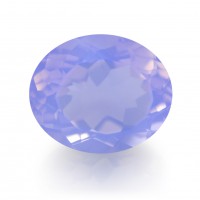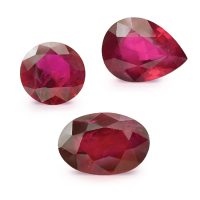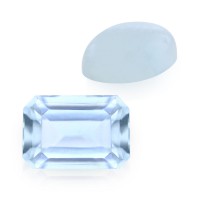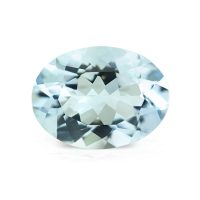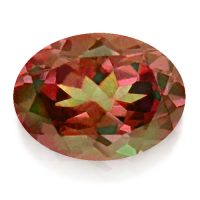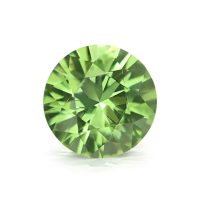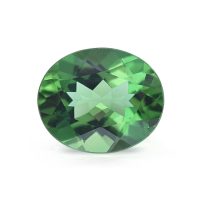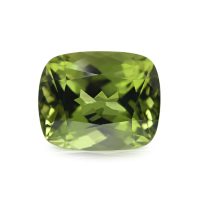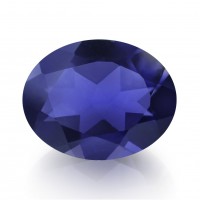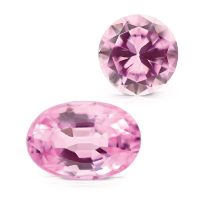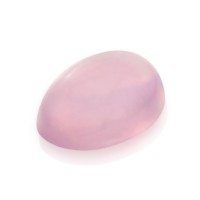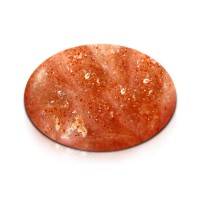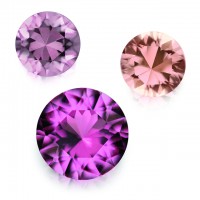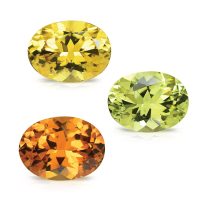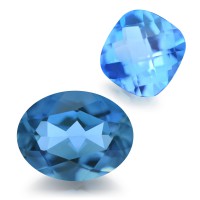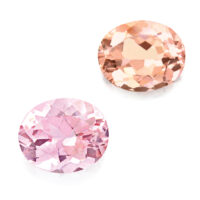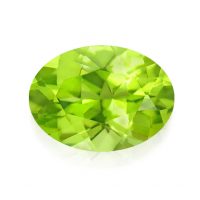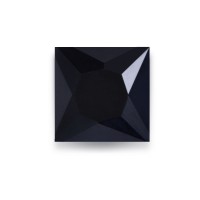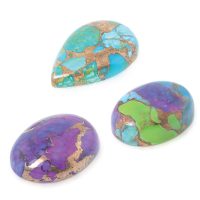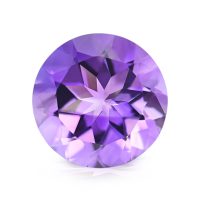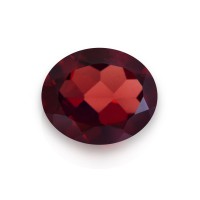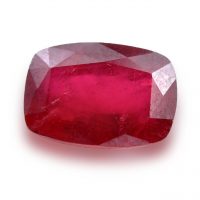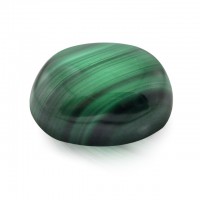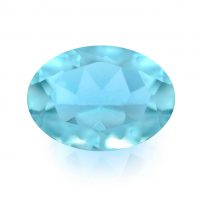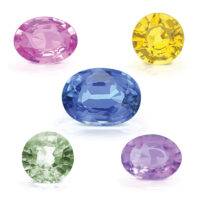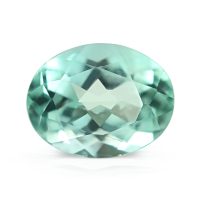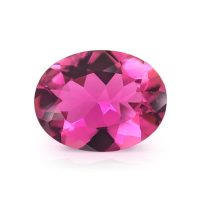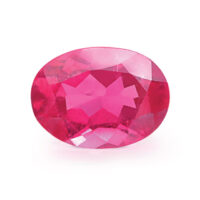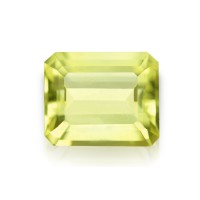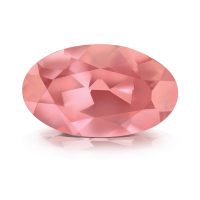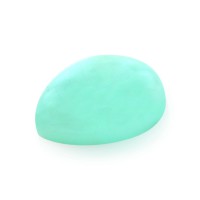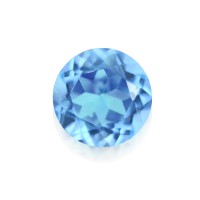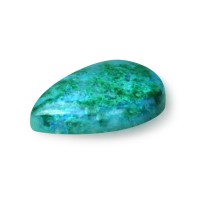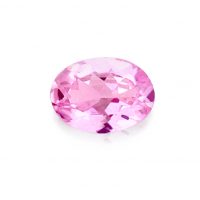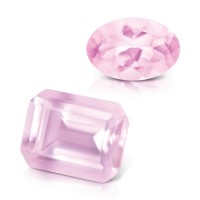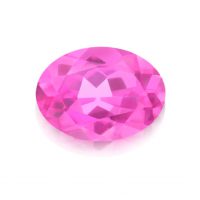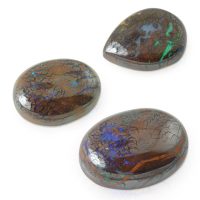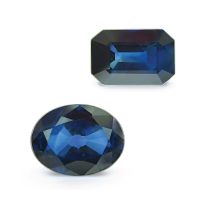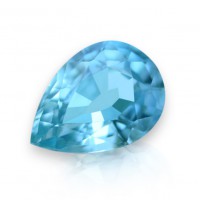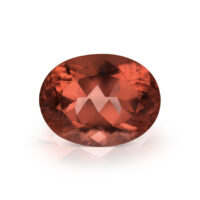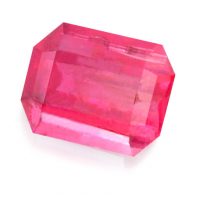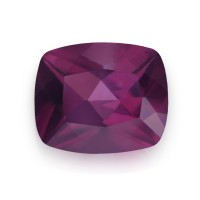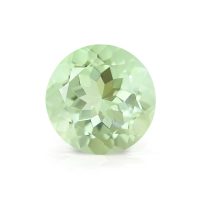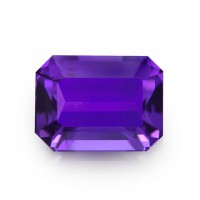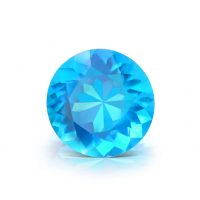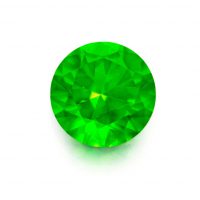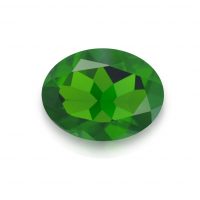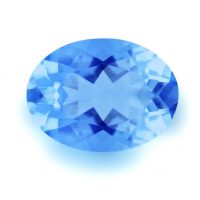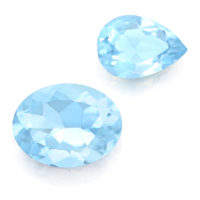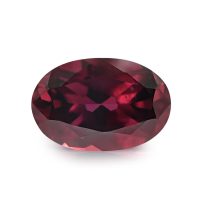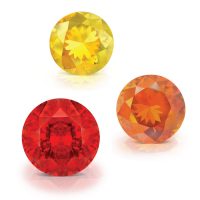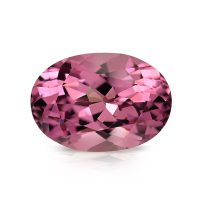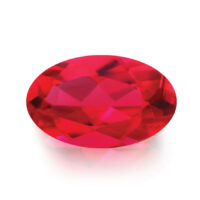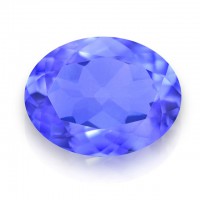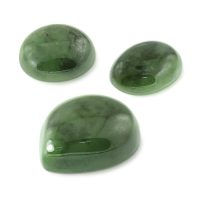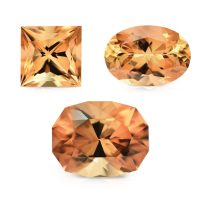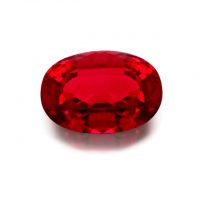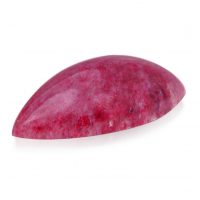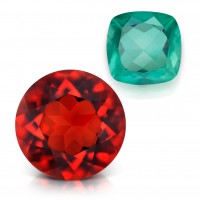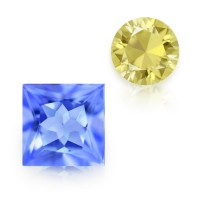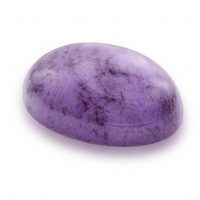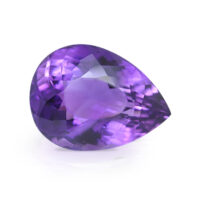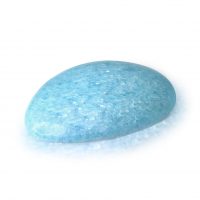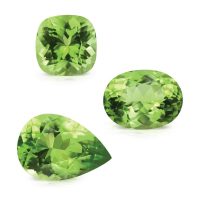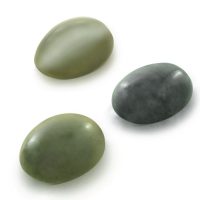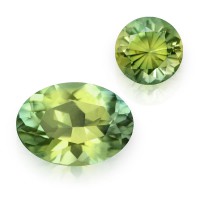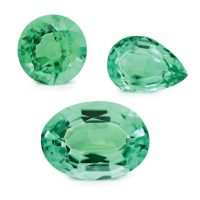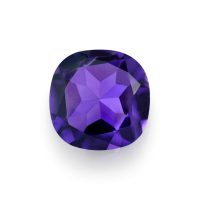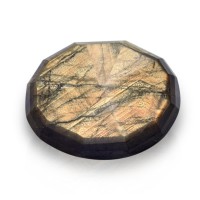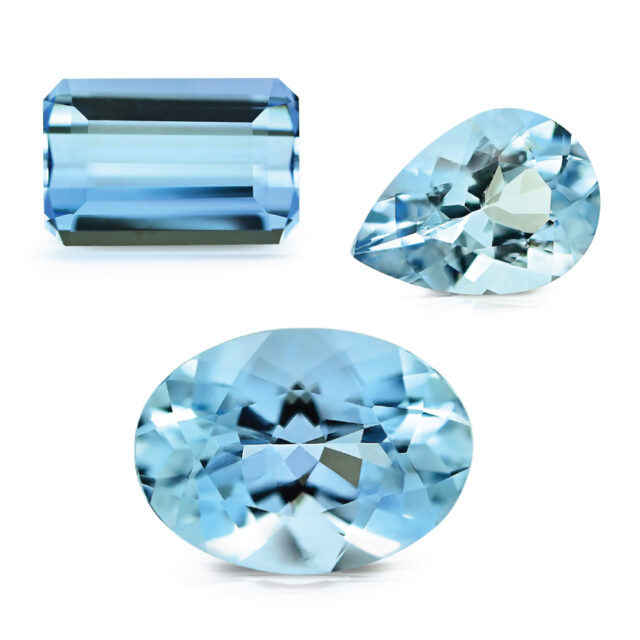

Prized by Egyptians, Greeks and Romans for its oceanic air, March’s birthstone Aquamarine, remains hugely popular. While quintessential pastels are Aquamarines’ norm, its more intense blues are extremely beautiful, exceedingly scarce, and highly-valued. Synonymous with its revered deep blues, Brazil’s famous Santa Maria de Itabira Aquamarines were discovered in the 50s. Today ostensibly depleted, these were mined in 2021, and expertly cut in Brazil. Showcasing signature, all-natural, rich ‘robin’s egg’ blues, our genuine Brazilian Santa Maria Aquamarine’s exceptional quality, wonderfully embodies this coveted pedigree.
Beauty
Ranging from pastel to intense deep blues, sometimes with splashes of green, Aquamarine is a Beryl sister gem to Emerald and Morganite. While Aquamarines’ typical, ‘classic’ pastel blues, are the marketplace standard for this gemstone, Aquamarines’ of a greater saturation (strength of color) and tone (lightness or darkness of color), are indicative of a tremendously rare, fine gemmy-quality that is extremely valued and highly-collectable. Due to its excellent brilliance, high-clarity/transparency, and vitreous (glassy) luster, Aquamarines’ color, along with deft lapidary, are the key value determinants.
Brazilian Santa Maria Aquamarine displays beautifully intense, pure blues with a highly-desirable medium to medium-dark saturation and tone, the marketplace ideal. Stunning azures radiate regardless of eye color or complexion, beautifully distinct and exclusive when compared to Aquamarines’ more usual hues, boosting desirability and value. Their signature color combined with exceptional brilliance and durability, makes them an excellent and popular jewelry gemstone.
As color is the most important consideration for Aquamarine, expert lapidary that accentuates color is absolutely critical.
These Brazilian Santa Maria Aquamarines were optimally faceted in the internationally acclaimed Brazilian gemstone mining, lapidary, and trading town of Governador Valadares, home to some of the world’s best Beryl lapidaries. Each crystal was carefully orientated to maximize its colorful brilliance and scintillation (play of light), maintaining an eye-clean clarity (the highest quality clarity grade for colored gemstones, as determined by the world’s leading gemological laboratories), a high/mirror-like polish (accentuating its vitreous ‘glassy’ luster), and an attractive overall appearance (outline, profile, proportions, and shape).
Coined by the Romans over 2,000 years ago, Aquamarine literally means ‘water of the sea’ in Latin, from the words ‘aqua’ (water) and ‘marina’ (sea). Aquamarine’s a member of the Beryl mineral family, from the ancient Greek ‘beryllos’, blue-green stone. Commonly known as the ‘mother of gemstones’ because of its highly-regarded varieties, Beryl is colorless with trace elements responsible for its wonderful hues. Aquamarine is colored by trace amounts of both ferrous (Fe²⁺) and ferric (Fe³⁺) iron in its crystal structure. While Ferric iron replacing aluminum in Beryl gives a yellowish color, and ferrous iron blue, they both occur in Beryl, typically causing bluish-greens. Apart from its blues, other Beryl gemstones include, Emerald greens, Golden Beryl yellows, Goshenite whites (colorless), Heliodor greenish-yellows, Morganite pinks, and Red Beryl reds. Predictable given its color and name, one myth says Aquamarine originated from treasure chests, hoarded by magnificent mermaids. During antiquity, Aquamarine was praised for its ability to protect sailors from the wrath of Poseidon (the Greek god of the sea, Neptune in Roman mythology), thereby guaranteeing seafarers a safe voyage. Wearing amulets of Aquamarine to instill bravery in their hearts, in a pinch, these talismans could be thrown overboard as offerings to cool Poseidon’s temper, so storms would subside. Given Aquamarine’s mythology, it’s unsurprising that it was also regarded by the ancients as fostering calmness, purification, serenity, tranquility, and wisdom.
Rarity
Prior to Aquamarine’s modern African discoveries (circa 1830), Brazil and Russia unearthed the finest-quality. While Brazil’s still a notable source, Madagascar, Mozambique, Nigeria, and Zambia, also yield beautiful Aquamarines. More recently, stunning Aquamarine was found in Afghanistan and Pakistan, giving hope to the region’s future mining potential.
Forever associated with its prized deep blue Aquamarines, Brazil’s famous Santa Maria de Itabira deposit was discovered in the 50s in Minas Gerais (General Mines), an esteemed Brazilian state renowned internationally for its fine gemstones. Today virtually depleted, with only small-scale, very sporadic mining, these fine Brazilian Santa Maria Aquamarines were unearthed mid-2021. ‘Santa Maria’ colors in scant quantities are also intermittently found in Mozambique (circa 1991) and in other African countries such as Madagascar and Zambia, resulting in the trade prefixes, ‘Santa Maria Africana’ and ‘Santa Maria Afrique’. Collectively called ‘AAA’ or ‘Double Blue’, Aquamarines’ greatly valued deeper hues are rarely found in gem-quality from any locale, keeping prices high.
Aquamarine’s of greater intensity are indicative of a rare, fine-quality that’s extremely valued, noting Santa Maria Aquamarine with an original, Brazilian ‘Santa Maria de Itabira’ pedigree is especially scarce and highly-prized. While Aquamarine is hugely popular, and a gem most people immediately find attractive, its more intense blues are extremely beautiful and genuinely rare, commanding significant prices. Santa Maria Aquamarines of any origin are currently experiencing increased demand, particularly with custom jewelers and designers, especially in 3 – 5 carat sizes. Importantly, our Brazilian Santa Maria Aquamarines are also some of the few gemstones that are totally natural and unenhanced, further accentuating desirability, rarity, and value. This is extremely significant, given well-over 90 percent of Aquamarines available in the marketplace are heated to permanently improve their color (i.e. removing greens or yellows for a purer blue). When enhanced by relatively low-heat (approx. 400°C) in a reducing (oxygen-free) environment, Aquamarine’s ferric iron converts to ferrous iron, making bluish-greens bluer, with higher temperatures potentially causing discoloration. While heating can result in an almost pure light-blue Aquamarine when successful, this doesn’t always work, even after several attempts.
Durability & Care
Brazilian Santa Maria Aquamarine (Mohs’ Hardness: 7.5 – 8) is an excellent choice for everyday jewelry. Always store Brazilian Santa Maria Aquamarine carefully to avoid scuffs and scratches. Clean with gentle soap and lukewarm water, scrubbing behind the gem with a very soft toothbrush as necessary. After cleaning, pat dry with a soft towel or chamois cloth.
Map Location
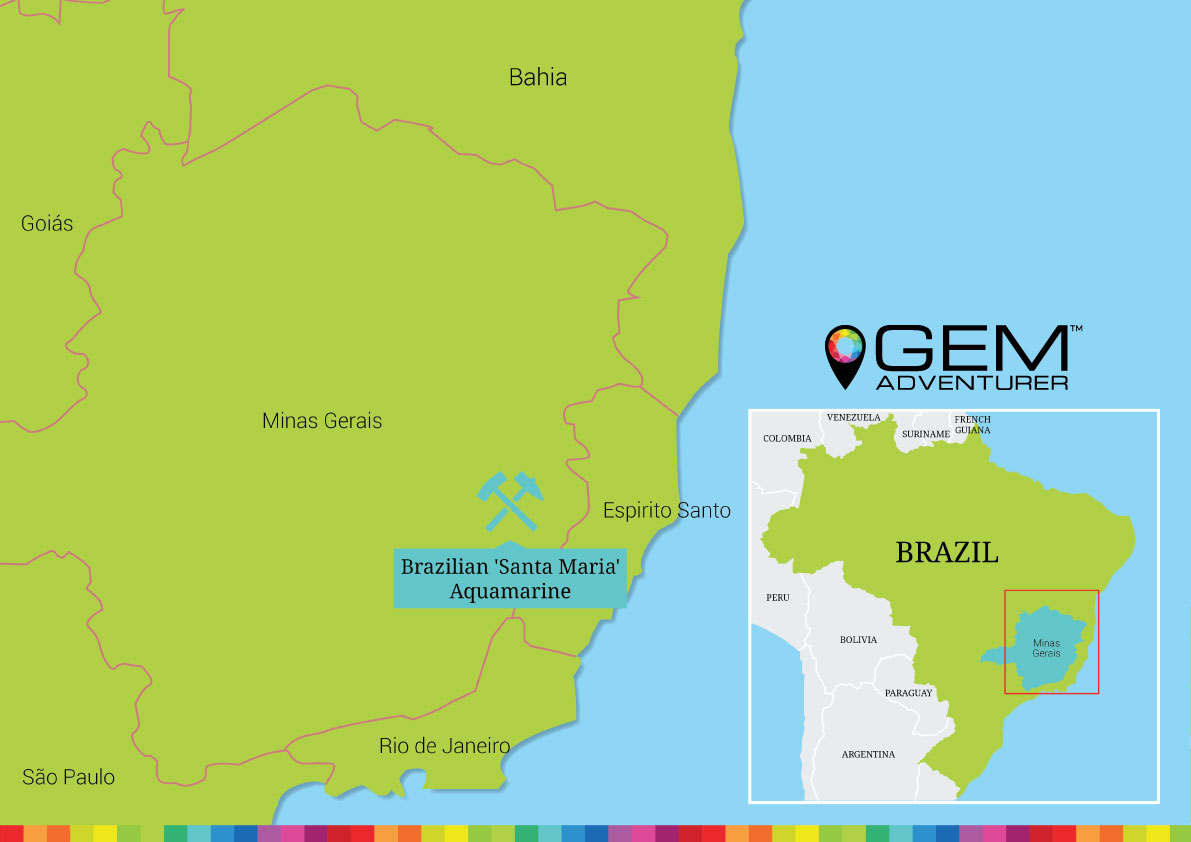
Click map to enlarge
